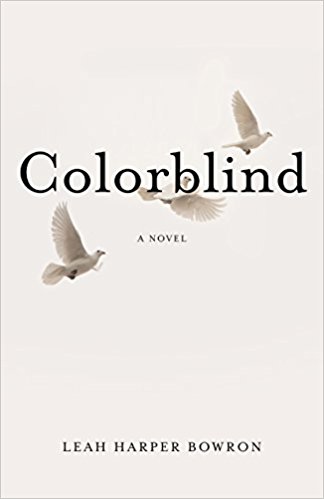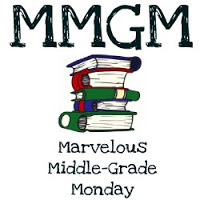BACKGROUND: The time is 1968. The place is Montgomery, Alabama. The story is one of resilience in the face of discrimination and bullying. Using the racially charged word “Negro,” two Caucasian boys repeatedly bully Miss Annie Loomis–the first African-American teacher at the all-white Wyatt Elementary School. At the same time, using the hateful word “harelip,” the boys repeatedly bully Miss Loomis’s eleven-year-old Caucasian student, Lisa Parker, who was born with cleft palate and cleft lip. Who will best the bullies? Only Lisa’s mood ring knows for sure (From AMAZON).
The story is full of racism—from parents, students, and teachers alike. Told in third person, COLORBLIND—A NOVEL centers on Lisa Parker and the year of her awakening in sixth grade. Parts of the story also focus on her African-American teacher, Miss Loomis. I would have enjoyed the tale even more had it been a multiple viewpoint first person narrative with these characters, much like ARMSTRONG & CHARLIE from last year. Yes, many of the scenes are described rather than letting the reader experience the awareness of racism or bullying in the late 60s.
Regardless, the themes brought forth in the story beg to be discussed in this present day and time. You’ll be shocked at the attitudes of privileged Caucasian teachers and parents. Many of the students inherit those attitudes and their purpose in life is to make fun of anyone who is not ‘white and normal looking.’ Racism in the sixties meant you do everything possible to degrade those of a different color.
The people and terms you hear about in the story would be great research topics for a middle grade student: Klu Klux Klan, Governor George Wallace, and Martin Luther King Jr. to name a few. There’s also a much deeper debate that could be put forth as to how things have improved or not in the fifty years since the time period of the story.
Attitudes towards others start at an early age. Middle graders are ready to find a better understanding of these issues. They’re the ones who ask “I have a question…” and they won’t back down without an answer.
I’m glad books like this one are getting shelf space. It provides a bit of history to a problem that has gone on way too long.
The story is a reminder of several upcoming celebrations:
- Jan. 20 National Day of Acceptance
- Feb 12-18 Random Acts of Kindness Week
- Feb. 11 Make a Friend Day
Also… There is an online quiz to accompany COLORBLIND. It’s called “What Kind of Friend are You? Take the Bully/Bestie Colorblind Quiz!” There are ten multiple choice questions and you can find it here.
*******************************************






This would fit in well with my son’s unit on discrimination. Thanks for letting me know about it.
I think we can’t have enough good books like this. Thanks for the post, Greg.
We need more books like this. I liked the quiz you included. I grew up in Ohio during that time period. I remember visiting relatives in the south in the 60s and really being upset with the attitudes, the signs for special bathrooms etc. I just didn’t understand it because I didn’t experience that at home. But, are we any further ahead today? I’m not sure with the all the darkness that has come to light, especially around racism and profiling. It’s a discussion that we need to have with children because they are part of the solution.
Very well stated. You are right, it’s the new generation who will have to lead us to change. Thanks.